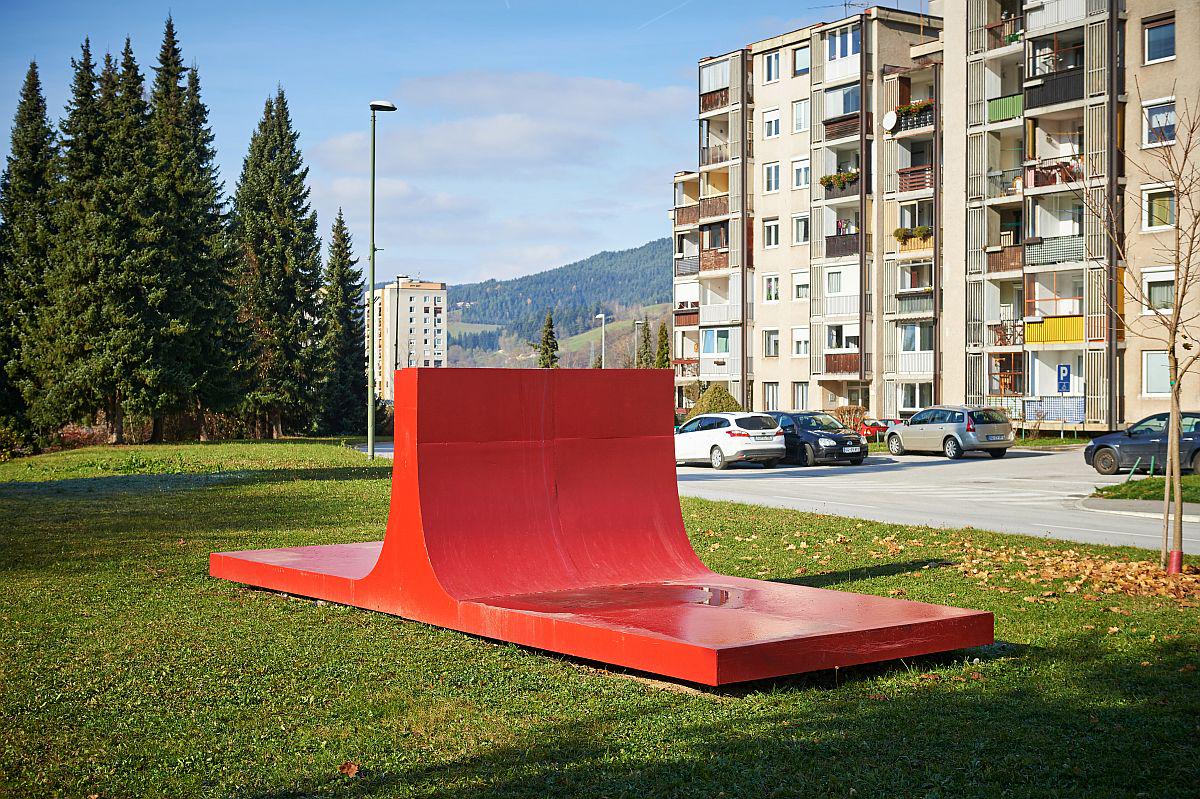
Ravne, and industrial town in Koroška (Slovenian Carinthia), is best known for its iron works, which has employed thousands of locals for generations. However, the industrial tradition also gave rise to an unusual open-air exhibition that has put the town on the art map of Slovenia.
The Ravne Forma Viva was founded in 1964. Sculptors Jakob Savinšek and Janez Lenassi had come up with an idea of regular gatherings of artists, who would create open-air sculptures in various Slovenian towns using native materials. For instance, the coastal town of Portorož became the home of stone sculptures, while Kostanjevica was selected for creations made of wood. Ravne was also among the towns selected for the project. Its designated material was one that had shaped its history and brought the town into the industrial age: iron.
One of the founders of the Ravne Forma Viva, Franc Fale, went on to head the local ironworks. Thanks in part to his efforts, the factory assisted artists, who were allowed to create their works in an unused part of the plant. Originally intended as a one-off event, the project eventually became a semi-regular happening. Over the years, more than three dozen sculptors from around the world have come to Ravne to create their visions in metal, all of which have remained in place as part of the permanent Forma viva collection in several parts of the town. Some of the sculptors who took part in the Forma Viva symposia included Giancarlo Marchese of Italy, Yves Trudeau of Canada, Jerzy Jarnuszkiewicz of Poland, Jo Oda of Japan, and Slavko Tihec of Slovenia. Several artists went on to international fame and later exhibited their works in some of the most prestigious galleries around the world.
After Slovenia’s independence and several funding cuts, the future of Forma Viva looked uncertain, but with the assistance of the Koroška Regional Museum, the project has been revived and new sculpture symposia are now once again held every few years – always adding new works to the collection.
The Ravne Forma Viva is not just a part of the towns cultural identity, but as an ongoing project, it helps to ensure an exciting future for arts in the region.

































































